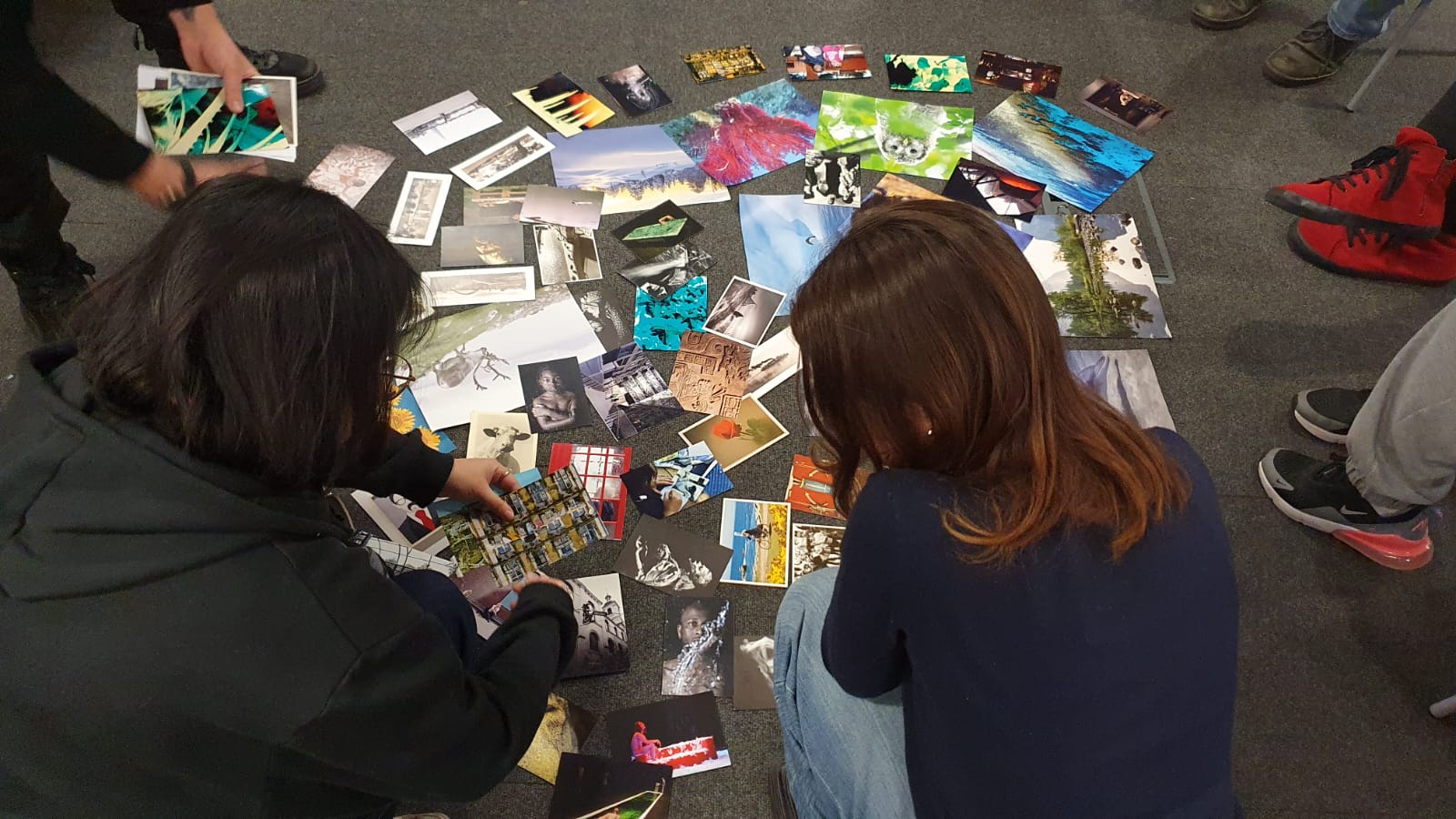
This year, we are celebrating World Wetlands Day with a story spanning three different and diverse wetlands connected through the SMART project. In this project, we are co-designing flood monitoring tools to be used for wetland management together with communities and diverse actors in Guyana, Sri Lanka and Scotland. Our three sites, the North Rupununi wetlands in Guyana, the Colombo urban wetlands in Sri Lanka and Firth of Forth river and estuary in Scotland are incredibly different. Yet, they are all intertwined with people’s stories and the impact they have on their everyday lives.
In these widely different sites, we have asked project researchers and participants to express their views about why managing wetlands is important. Their answers have highlighted the dependency of humans and other species upon their environment, but also how community owned environmental monitoring can effectively support and promote the health of wetlands.
Wetlands are vital for life
"Kollonnawa wetland is a part of the Colombo wetland complex, one of the world’s most remarkable urban wetlands. It has vast biodiversity, including endemic species. Sometimes people find food from the wetlands, like fish, Gotukola, Kankun etc. and some people use the wetland as a water resource for their farms. Not only that, wetlands protect us from floods by storing rainwater. Wetland and its animals make our village beautiful. Also, we can use the wetland to study the environment."
Isuru Ranaweera, Vice President of the Lassana Kolonnawa Youth Network (Sri Lanka)
In a similar vein Rebecca Xavier, SMART researcher and Deputy Toshao of Annai Village (Guyana), highlighted: “The Rupununi wetlands are a portal unique in the world. North Rupununi is the only place where you can find some species that are not seen anywhere else in the world.”
Wetlands are a source of unparalleled beauty, which is an integral part of Indigenous culture.
Everson Junior, SMART researcher, affirmed: “More Indigenous people are becoming concerned about the destruction of the natural beauty of their wetlands. The wetlands are all beautiful to behold and the more value we place on them, the more likely we are to be able to maintain their beauty.” The beauty of the wetlands is as fundamental to Indigenous identity as it is to the local economy.
“The wetlands are beautiful; they are part of Indigenous culture and are important for tourism.”
Monalisa Duncan, SMART researcher
Community-led monitoring of the wetlands allows effective environmental management
Isuru Ranaweera, Vice President of the Lassana Kolonnawa Youth Network, says about Colombo: “Without monitoring, we cannot understand the future of our wetland. If we keep records, we can find the flood patterns. It is very useful to people that live in areas vulnerable to floods.”
"Research plays an increasingly important role in conservation matters. The issue of water pollution continues to concern the public, and public interest can only be better served by preserving stretches of wild rivers and wilderness areas and by protecting wildlife.”
Everson Junior, SMART researcher
While local communities lead on management and conservation efforts, researcher Caroline Jacobs suggests that supporting local and Indignenous communities in promoting the health of some of the most stunning and biodiverse places on Earth must be a shared responsibility: “There is a need for collective effort to manage these resources in the face of climate threats. So, as an Indigenous Makushi woman, I would like the world to help us value, manage, and restore the beautiful wetlands of the Rupununi Region”.

These views strongly support the need for communities to lead in monitoring and protecting their local wetlands. The SMART project is using accessible monitoring technologies to facilitate these processes. Local researchers and community members are at the forefront of rethinking wetland management in ways that put them in charge of the whole data cycle: collection; analysis, communication and decision-making.




